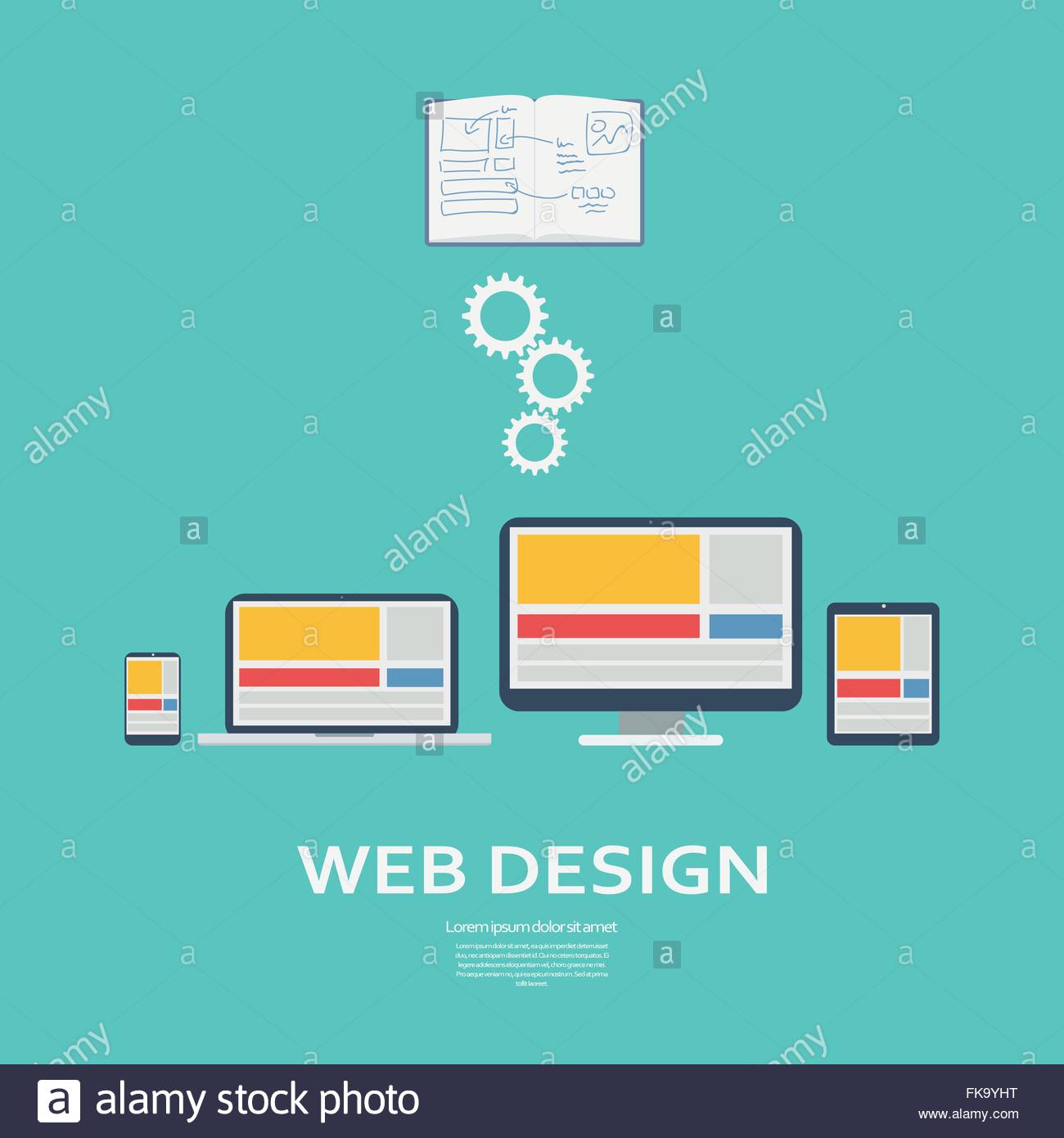Essential Internet Site Layout Insights: Recommendations For Constructing An User-Friendly User Interface
Essential Internet Site Layout Insights: Recommendations For Constructing An User-Friendly User Interface
Blog Article
Web Content Composed By-Abildtrup Thrane
When it involves internet site layout, making certain user-friendliness is essential. From receptive layout to structured navigation, every component plays a crucial function in producing a site that deals with your audience's demands. But what about the finer details that can make or damage an individual's surfing experience? Keep tuned as we reveal some often-overlooked pointers that can boost your site's usability to the following level, making it really stand out in the digital landscape.
Significance of Responsive Style
Responsive design is a critical element of contemporary website advancement. Ensuring your internet site is receptive ways that it can adapt to various screen dimensions and tools, offering a seamless experience for individuals.
With search marketing optimization boosting use of smart devices and tablet computers to access the web, having a responsive design is crucial for getting to a broader target market. It aids in improving individual experience by making your web site easy to browse and keep reading any type of tool.
Furthermore, responsive style can positively influence your online search engine positions, as search engines like Google prioritize mobile-friendly sites. By having a responsive design, you're additionally future-proofing your web site, as brand-new tools with varying screen dimensions continue to emerge.
Simplify Navigating Structure
To enhance individual experience and help with easy access to info on your website, streamlining the navigating framework is extremely important. When making your website, focus on producing a clear and user-friendly navigating menu that helps site visitors locate what they're searching for rapidly.
Limit the variety of menu things to the essentials, organizing related web pages with each other to stay clear of overwhelming customers. Usage detailed tags that clearly indicate the web content of each page, making it simpler for customers to comprehend where each web link will take them.
Consider carrying out dropdown menus for subcategories to stop littering the major navigation bar. Additionally, include a search bar prominently on the web page for customers that favor looking for details details.
Prioritize mobile responsiveness in your navigation style to ensure simple access on all devices.
Optimize Page Load Rate
Improving page lots speed is critical for preserving site visitors on your site. Slow-loading web pages irritate users and can lead to high bounce rates. To enhance page tons speed, begin by optimizing pictures. Compress photos without jeopardizing top quality to reduce their documents dimensions.
Additionally, make it possible for internet browser caching to save often accessed sources in your area, quickening tons times for returning site visitors. Minify CSS, JavaScript, and HTML documents by getting rid of unneeded personalities, remarks, and format, improving tons speed.
Consider making use of a material shipment network (CDN) to disperse your site's material throughout numerous web servers worldwide, minimizing latency for users accessing your site from different areas. web design services but not least, limit the use of third-party manuscripts and plugins, as they can significantly affect lots times.
Conclusion
Finally, by integrating responsive layout, streamlining navigating, and optimizing page tons rate, you can develop an user-friendly internet site that appeals to a bigger audience and boosts individual experience. These essential elements guarantee that site visitors can easily access and browse your site across different devices, leading to boosted interaction and contentment. By concentrating on these crucial aspects, you can construct a successful website that maintains individuals returning for even more.
